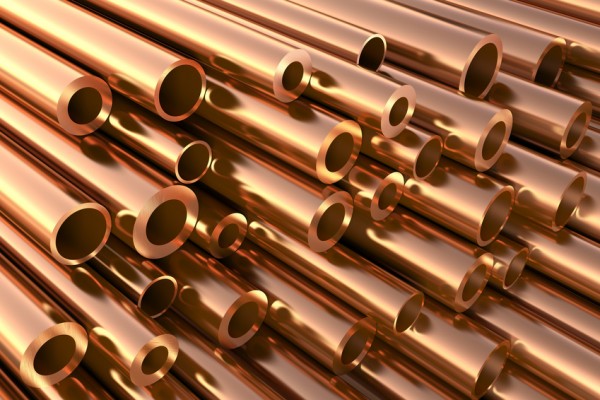Super Cycle or Junk Bike: the future of raw material markets
23/09/2014
Contrary to expectations, the enormous price hike for many raw materials came to halt around the year 2012 and price levels started to fall, at least modestly. Despite current conflicts that are again affecting energy-related prices – especially those for crude oil and for natural gas – present discussions among raw material intensive industries and financial investors tend to focus upon whether this marks the end of the "Raw Materials Super Cycle".
The last decade was under the spell of what many raw materials market participants called the "Super Cycle": Raw material prices started to uncouple from the growth of the world economy. Prices, e.g., for copper, aluminium, and crude oil doubled or even tripled in just a few years’ time (see figure). Alan Greenspan’s proclamation that the price of copper is the most important indicator for the development of the world economy no longer seemed to be valid. Even the global economic downturn in the course of the financial turbulences of 2008 and 2009 did little to change this trend.Then, as the GDP growth rates in China began to decrease from around ten to under eight percent, markets saw the first considerable drop in many raw material prices for nearly a century. Now in 2014, some analysts proclaim that this might be the beginning of a century of very moderate raw material prices. How likely is that scenario?To answer this question, we first have to understand that raw materials supply and demand are both highly inelastic. Raw materials demand is driven by the actual need for the materials. This is most obvious for crude oil demand. For instance, fuel prices in Germany have increased by about 50% since 2009, whereas demand has decreased over the same period by some 5% (largely due to a higher fuel efficiency of cars). On the other hand, raw material producers often supply at any price because of the very high share of fixed costs in raw materials exploration and production.Figure: Index of change in world GDP, raw material consumption and raw material prices (1990=100)It was therefore hardly surprising that the prices for commodities like copper or aluminium surged when China started to massively invest in infrastructure and the tremendous economic boom set in. In fact, the price of copper is presently determined for the most part by China, which accounts for more than 50% of world demand. China’s copper demand is today five times higher than that of the USA, the country with the second highest demand.For other raw materials like crude oil, China's role is less crucial. China's share in world demand for crude oil is today still less than 10%. In the case of crude oil, the decoupling of price and production volume is mainly the result of a steadily increasing world demand, increasing production costs, and significant production disruptions in recent years (Libya, Iran, Iraq, and Venezuela).All in all, the current breather in raw material markets will most likely not lead to a price trough. Although the economic growth rates of China have recently slowed, it is likely that China’s economy will continue to grow by more than seven per cent annually in the coming years. In China, as in many other emerging markets, the main trends that drive many raw material prices will continue:
In summary, the demand for many raw materials will continue to rise strongly. The moderate development of raw material prices since 2008 does not totally reflect the persistent increase in demand. The "Raw Materials Super Cycle" will carry on. However, as the hog cycle pattern is very important in the explanation especially of prices for metals, considerable price increases are highly likely if one looks ahead for ten or more years. Raw material price trends will no longer be as uniform for a broad range of raw materials as in the previous decade. We will observe greater differences between various types of raw materials.
- Urbanization: Urbanization is one of the major drivers of raw material demand, particularly for copper. Especially in China, urbanization is still a pronounced trend. Every year, between 15 M and 20 M people move from rural areas into cities, requiring a large growth in infrastructure. It is expected that this trend will continue for the next 15 to 20 years at least.
- Middle class: The middle class is expected to grow tremendously in emerging markets. This will continue to drive the demand for raw material intensive products (offices, houses, household appliances etc.).
- Exploration costs: Exploration costs for many raw materials will continue to rise (deeper deposits, greater difficulties). Prices must remain high in order that mines have incentives to maintain levels of production and to invest in exploration.
In summary, the demand for many raw materials will continue to rise strongly. The moderate development of raw material prices since 2008 does not totally reflect the persistent increase in demand. The "Raw Materials Super Cycle" will carry on. However, as the hog cycle pattern is very important in the explanation especially of prices for metals, considerable price increases are highly likely if one looks ahead for ten or more years. Raw material price trends will no longer be as uniform for a broad range of raw materials as in the previous decade. We will observe greater differences between various types of raw materials.